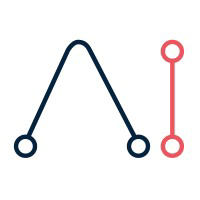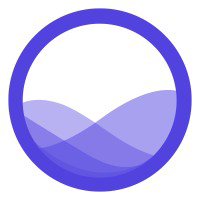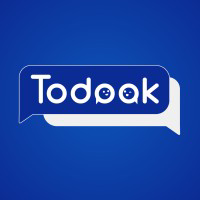Bloc Review 2025: What It Is, How to Use It & Is It Worth It?
Centralize knowledge management and automate customer support.

Unlimited questions and enterprise-grade security
Custom integrations with a wide range of apps
Mobile accessibility for on-the-go support
Bloc Description
Starting price
50
- Free plan
- Paid
- Free trial
Bloc Detailed Review
Bloc positions itself as more than just a chatbot; it's a comprehensive knowledge management system that's designed to cater to the needs of businesses of all sizes. For small startups or those just getting their feet wet, the Starter Plan offers up to 3 Blocs and 300 total questions per month. This can be a good way to test the waters and see how Bloc can fit into your existing workflow. As businesses grow, the Growth Plan expands capacity to 10 active Blocs and 3,000 total questions per month, along with custom branding and domain options.
For larger enterprises, the Enterprise Plan removes all limits on the number of Blocs and questions. It also adds custom integrations and enterprise-grade security, ensuring that sensitive data remains protected. This plan is robust and is designed to serve organizations with over 50 employees. Support is also scaled up, with assistance available via email, chat, and calls. However, it's important to note that while Bloc offers extensive features, it may require a significant investment of time and resources to fully integrate and utilize all its capabilities.
Use cases for Bloc are diverse. Sales teams can use the chatbot to engage with customers directly on the website, answering questions and recommending products. For customer support, Bloc can automate responses to frequently asked questions, reducing response times and freeing up human agents for more complex issues. Internally, Bloc can serve as a central knowledge base, helping employees find information quickly and reducing the need for time-consuming information searches.
The pros of Bloc include its ability to integrate with a wide range of apps, its mobile accessibility, and the potential to significantly improve productivity by automating knowledge sharing. The cons, however, may include the potential complexity of setting up custom integrations and the cost, which could be prohibitive for smaller businesses or those not ready to make full use of its extensive features.
In terms of pricing, Bloc operates a classic freemium model. Their Starter plan is free of charge and lets you get started setting up a chatbot with no financial commitment. To unlock the full feature set, you'll want to sign up for one of the paid subscription plans. The top tier Enterprise plan offers unlimited usage, but interested parties need to schedule a demo or contact the sales team for a quote, which adds an extra step in the decision-making process.
In conclusion, Bloc is a powerful tool for businesses looking to centralize their knowledge management and enhance their customer support and sales processes. Its scalability makes it suitable for businesses of all sizes, though the full benefits are likely to be felt more by larger organizations with the resources to implement and maintain the system. As with any tool, potential users should weigh the costs against the benefits and consider whether Bloc aligns with their specific needs and goals.
Similar AI Tools

EBI.AI
Customer Support
Create an AI-powered customer assistant for 24/7 customer service.

echowin
Customer Support
AI-powered call management system.

REVE Chat
Customer Support
Centralize customer communication across multiple channels for efficient support.

Todook
Customer Support
Enhance customer service and e-commerce experiences with AI-powered chat.